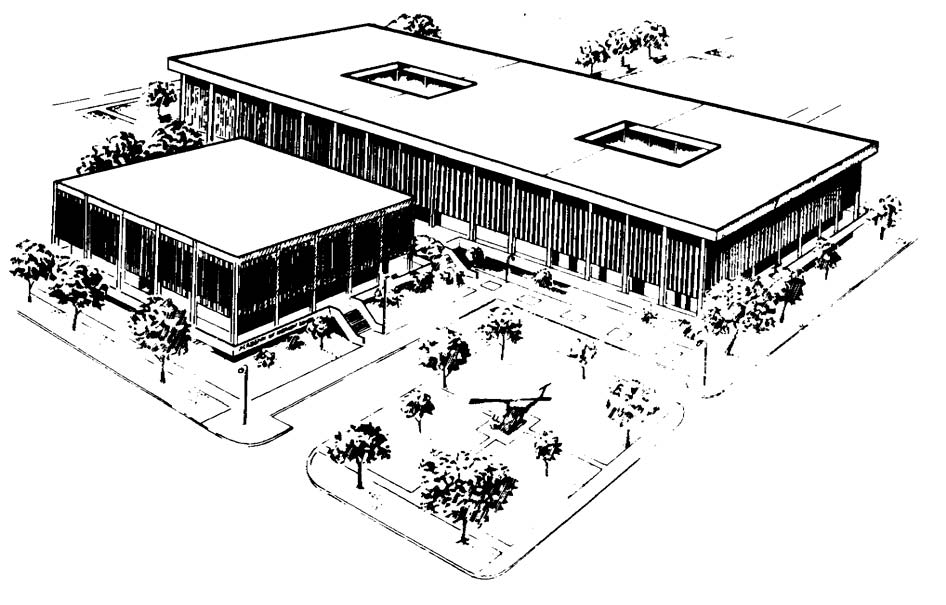Principles of Epidemiology and Microbiology
INTRODUCTION
[Next]
|
|
INTRODUCTION
One of the important landmarks in man's struggle to conquer disease was the invention of the microscope, generally attributed to Anton van Leeuwenhoek of Holland. Leeuwenhoek described the appearance of protozoa to the Royal Society of London in 1673. Thus, the world became aware of microbial life. Subsequently, Louis Pasteur, Lord Lister, Robert Koch, and others established the role of microorganisms as the causative agents of many diseases and developed techniques for determining the etiology (cause) and preventive measures for many previously uncontrolled diseases.
During the period 1893--1902, several important events occurred in military medicine that benefited not only the Army, but mankind in general. Under the direction of Army Surgeon General George Sternberg (also known as "The Father of American Bacteriology"), Walter Reed, William Gorgas, and other medical officers made dramatic progress in the etiology and control of typhoid fever, malaria, and yellow fever.
This subcourse introduces the basic principles of disease transmission and epidemiology--principles which were used by Reed and Gorgas and which are in use today. It also introduces the student to the study of the microbiological agents, which are important from a military and public health viewpoint.
Subcourse Components:
This subcourse consists of three lessons.
Lesson 1, Introduction to Disease Transmission and Epidemiology.
Lesson 2, Public Health Microbiology.
Study Suggestions:
Here are some suggestions that may be helpful to you in completing this subcourse:
--Read and study each lesson carefully.
--Complete the subcourse lesson by lesson. After completing each lesson, work the exercises at the end of the lesson, marking your answers in this booklet.
--After completing each set of lesson exercises, compare your answers with those on the solution sheet that follows the exercises. If you have answered an exercise incorrectly, check the reference cited after the answer on the solution sheet to determine why your response was not the correct one.
|
Students who desire credit hours for
this correspondence subcourse must meet eligibility requirements and
must enroll through the Nonresident Instruction Branch of the U.S.
Army Medical Department Center and School (AMEDDC&S). Examination Answer Sheets and Student Comment Forms are available by downloading the original correspondence course manual and printing the forms from it. The manual is available here. |
Credit Awarded:
To receive credit hours, you must be officially enrolled and complete an examination furnished by the Nonresident Instruction Branch at Fort Sam Houston, Texas. Upon successful completion of the examination for this subcourse, you will be awarded 5 credit hours.
You can enroll by going to the web site http://atrrs.army.mil and enrolling under "Self Development" (School Code 555).
A listing of correspondence courses and subcourses available through the Nonresident Instruction Section is found in Chapter 4 of DA Pamphlet 350-59, Army Correspondence Course Program Catalog. The DA PAM is available at the following website: http://www.usapa.army.mil/pdffiles/p350-59.pdf .
[Next]


